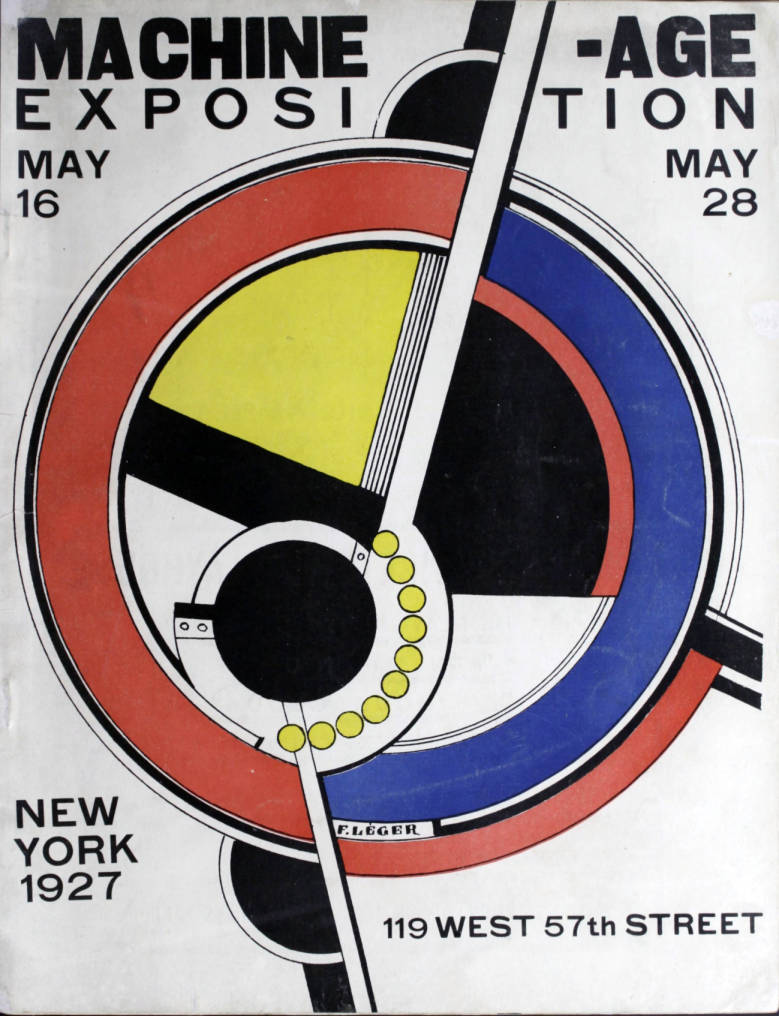Lewis Mumford: Art and Technics (1952–) [English, Greek]
Filed under book | Tags: · architecture, art, city, craft, machine, mechanics, technology

Lewis Mumford — architectural critic, theorist of technology, urbanist, cultural critic, historian, biographer, and philosopher — was the author of almost thirty books, many of which expounded his views on the perils of urban sprawl and a society obsessed with “technics.”
In these lectures delivered at Columbia University in 1951, Mumford explores “the ethical problems that drove all of his writings on art, technology and urbanism: the severing of the bonds of fellowship and community in advanced industrial society; the waning sense of a public good and the resulting moral crisis of modern life; the cultural divide separating an instrumental language of technique from the symbolic language of aesthetic experience; and the plight of ‘personality’ in a bureaucratic age.” (from the introduction to the 2000 edition)
Publisher Columbia University Press, New York, 1952
Bampton Lectures in America, 4
162 pages
Review (R. L. A., Philosophy of Science, 1953)
Art and Technics (English, 1952, removed on 2019-10-3 upon request from publisher)
Τέχνη και τεχνική (Greek, trans. Βασίλης Τομανάς, 1997)
Machine-Age Exposition, catalogue (1927)
Filed under catalogue | Tags: · architecture, art, avant-garde, constructivism, cubism, design, industrial design, machine


Poster, via Beinecke Rare Book & Manuscript Library
Exhibition catalogue of the Machine-Age Exposition, held on May 16-28, 1927, at 119 West 57th Street in New York, and advertised as the first event bringing together “architecture, engineering, industrial arts and modern art.”
The exhibition was initiated by Jane Heap of The Little Review, a New York literary magazine, and organised along with Société des urbanistes, Brussels; U.S.S.R. Society of Cultural Relations with Foreign Countries; Kunstgewerbeschule, Vienna; Czlonkowie Group Praesens, Warsaw; Architects D.P.L.G, Paris; and Advisory American Section.
The volume contains a panorama of European and American architecture and art, with photo documentation, and following articles: “Foreword: Architecture of this Age” by Hugh Ferriss, “The Aesthetic of the Machine and Mechanical Introspection in Art” by Enrico Prampolini, “Machine and Art” by Alexander Archipenko, “The Americanization of Art” by Louis Lozowick, “French Architecture” by André Lurçat, “Architecture Opens Up Volume” by Szymon Syrkus, “Machine-Age Exposition” by Jane Heap, “The Poetry of Forces” by Mark Turbyfill, and “Modern Glass Construction” by Frederick L. Keppler.
The artists committee of the exhibition included Alexander Archipenko, Robert Chanler, Andrew Dasberg, Charles Demuth, Muriel Draper, Marcel Duchamp, Josef Frank, Hugh Ferriss, Louis Lozowick, André Lurçat, Elie Nadleman, Man Ray, Boardman Robinson, Charles Sheeler, Ralph Steiner, Szymon Syrkus and L. Van der Swallmen.
Represented countries: “America”, Austria, Belgium, France, Germany, Poland and Russia.
Published in New York, 1927
44 pages
via Hagley Digital Archives
Commentary (E. B. White, The New Yorker, 1927): “That the machine is the tutelary symbol of the universal dynamism can be discovered at the Machine Age Exposition. […] Drawings, photographs, cubist and constructionist figures by reputable modern artists are side by side with cogs, motor boat propellers, Crane valves, insides of pianos and diving suits.”
Machine-Age Exposition at Monoskop wiki
Comment (0)Paul Shepheard: Artificial Love: A Story of Machines and Architecture (2003)
Filed under book | Tags: · architecture, machine

“According to Paul Shepheard, architecture is the rearranging of the world for human purposes. Sculpture, machines, and landscapes are all architecture-every bit as much as buildings are. In his writings, Shepheard examines old assumptions about architecture and replaces the critical theory of the academic with the active theory of the architect-citizen enamored of the world around him.
Artificial Love weaves together three stories about architecture into one. The first, about machines as architecture, leads to speculations about technology and the human condition and to the assertion that machines are the sculptures of today. The second story is about the ways that architecture reflects the tribal and personal desires of those who make it. In the West, ideas of community, multiculturalism, and globalization compete furiously, leaving architecture to exist as it always has, as the past in the present. The third story features individual people experiencing their lives in the context of architecture. Here, Shepheard borrows the rhetorical device of Shakespeare’s seven ages of man to propose that each person’s life imitates the accumulating history of the human species. Shepheard’s version of the history of humans is a technological one, in which machines become sculpture and sculpture becomes architecture. For Shepheard, our machines do not separate us from nature. Rather, our technology is our nature, and we cannot but be in harmony with nature. The change that we have wrought in the world, he says, is a wonderful and powerful thing.”
Publisher MIT Press, 2003
ISBN 0262692856, 9780262692854
296 pages
Keywords and phrases
Enchanted Rocks, Hi-Tek, songlines, quadriga, Michel Serres, Enewetak, geoid, dubbya, Ridge Racer, Bothy Band, Elgin marbles, Uluru, Cedric Price, Big Bang, tesseract, Alcock and Brown, Houston, Persian carpets, hegemony, chronotonic
PDF (updated on 2013-7-29)
Comment (0)
